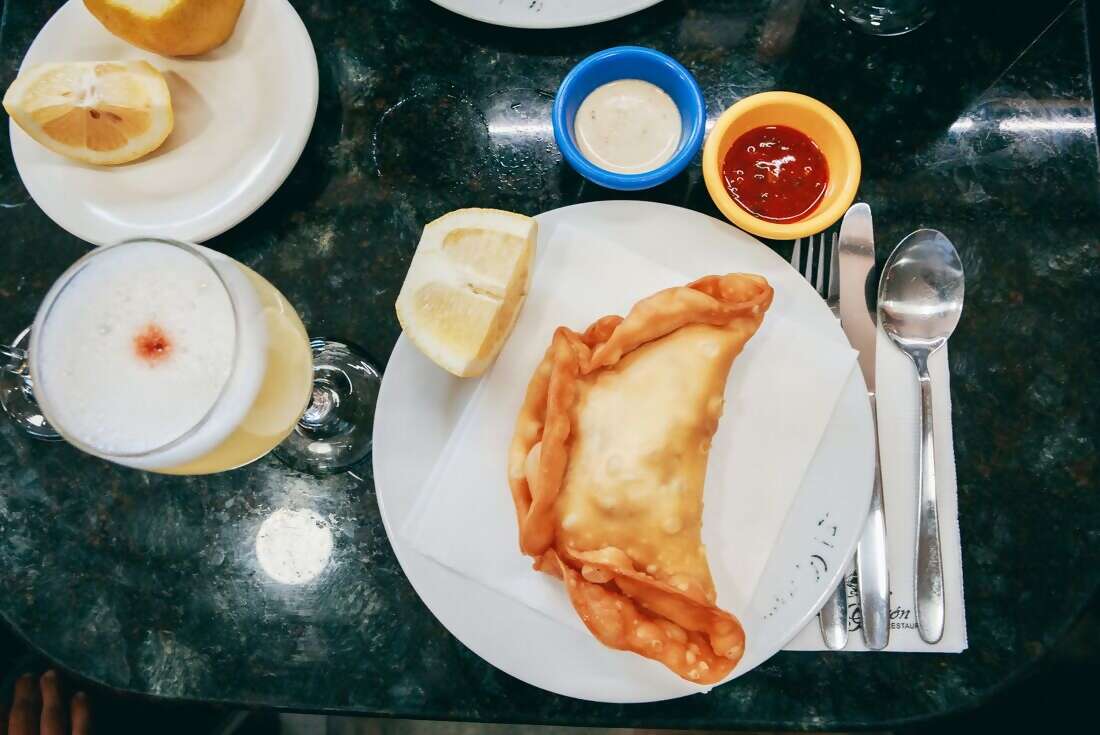 There are many sides to South America, from the energy of the cities, the beauty of the lansdcapes and the spirit of its people. Discover it all on this trip that winds through the Inca heartlands and jungles of Peru, the enigmatic cities and natural wonders of Argentina and the dynamism of Brazil's vivacious Rio. See animals, meet locals, traverse trails and marvel at all the contrasts of this very special corner of the world.
There are many sides to South America, from the energy of the cities, the beauty of the lansdcapes and the spirit of its people. Discover it all on this trip that winds through the Inca heartlands and jungles of Peru, the enigmatic cities and natural wonders of Argentina and the dynamism of Brazil's vivacious Rio. See animals, meet locals, traverse trails and marvel at all the contrasts of this very special corner of the world.Highlights
Whether you trek the classic Inca Trail, the Inca Quarry Trail or take the scenic train route, the ancient ruins of Machu Picchu are a majestic destination, no matter how you get there
The floating islands of Uros on Lake Titicaca are a marvel of concept, construction and history. Take a boat tour on the lake and spend the night with a local family in a traditional island community
The Amazon Jungle is known as the world's lungs. Get a glimpse into a wild place with some of the largest biodiversity on Earth
Discover Buenos Aires, Argentina's sultry and sensual capital. Tour its best sights, then explore its many corners at your leisure, from the star-studded Recoleta cemetery to the tucked-away milongas (tango halls)
Explore the lush landscapes of the Ibera Wetlands in search of anacondas, otters, howler monkeys and a vast array of colourful birds
With included visits to Iguazu Falls from both the Argentinian and Brazilian sides, you'll get the most out of this jaw-dropping natural wonder
Finish in Rio de Janeiro, where you're free to stroll the sands of Copacabana, soar across town on the Sugarloaf Cable Car or delve into the city's pulsing nightlife
PASSPORT DETAILS REQUIRED
Full passport details are required at the time of booking in order to purchase Entrance fees to important sites such as Machu Picchu. Delays to provide this information may result in booking fees or changes to your itinerary.

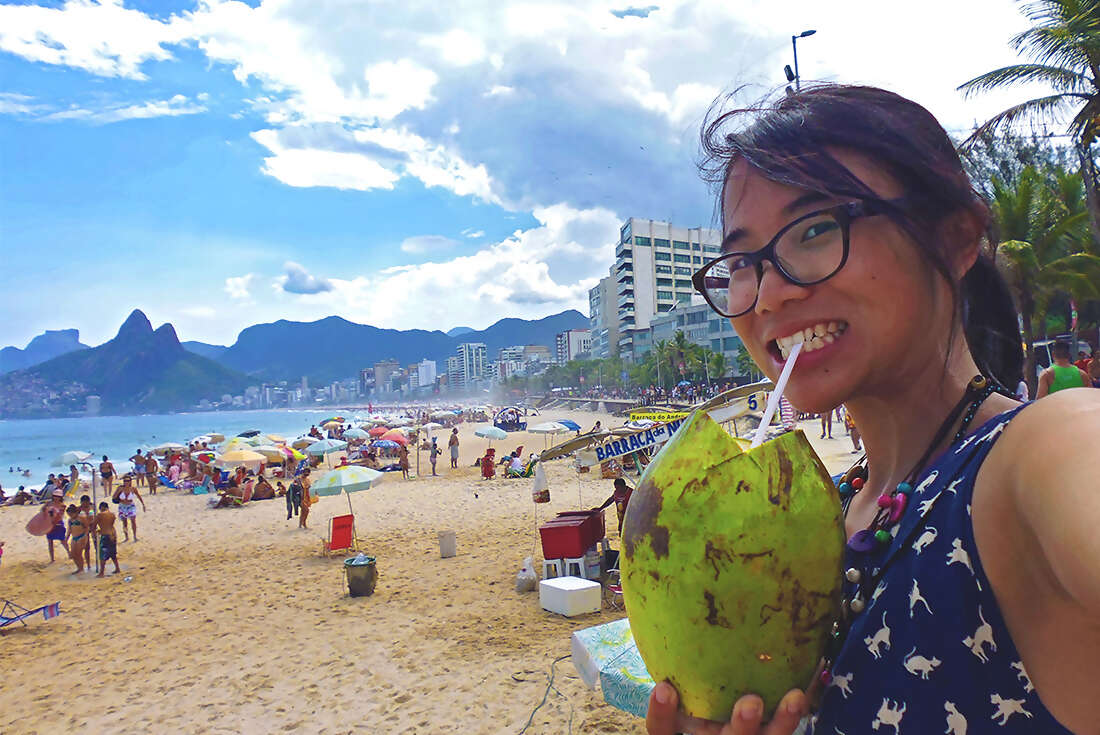
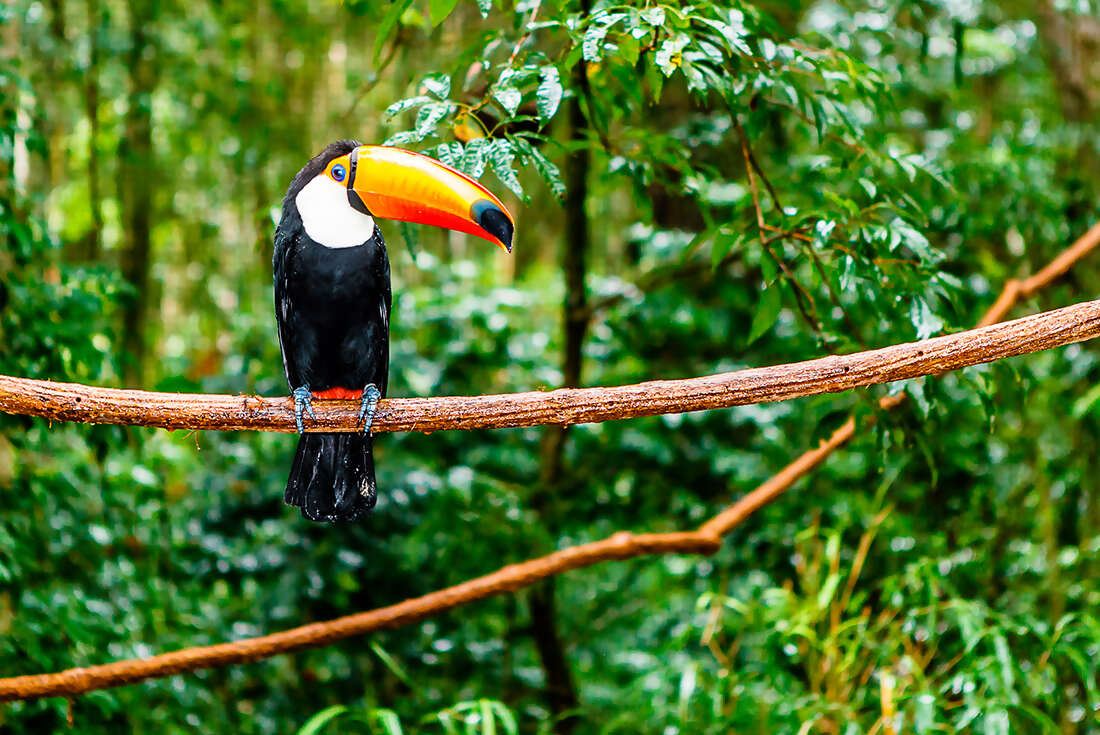
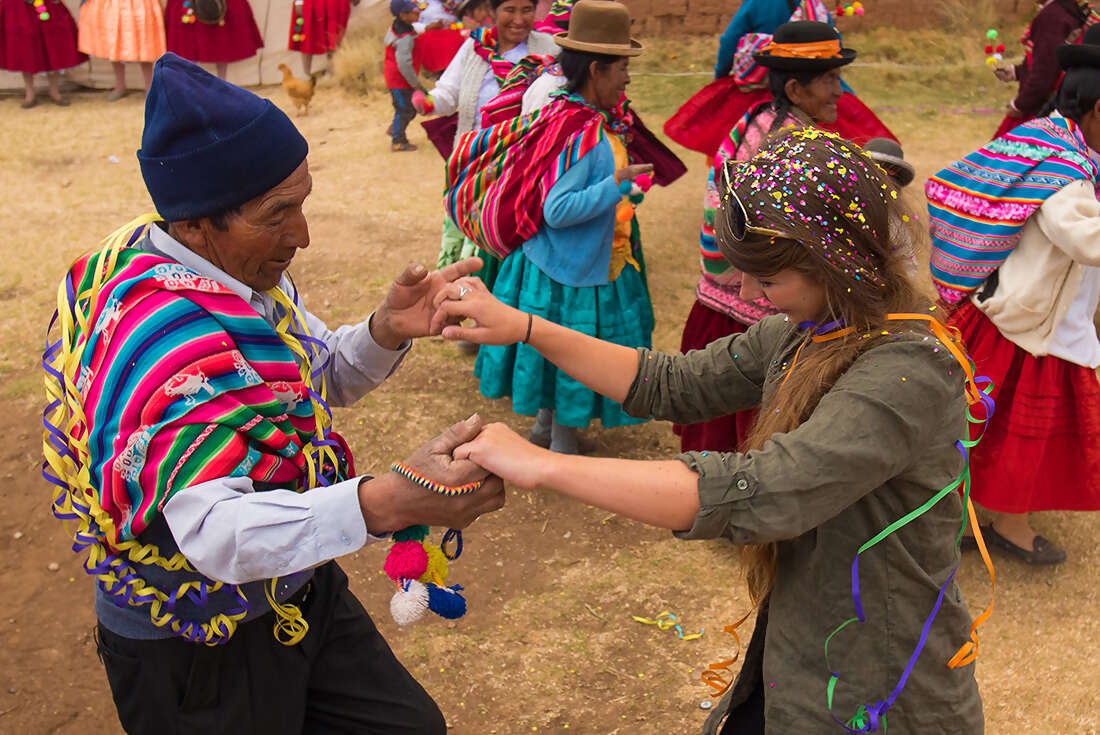

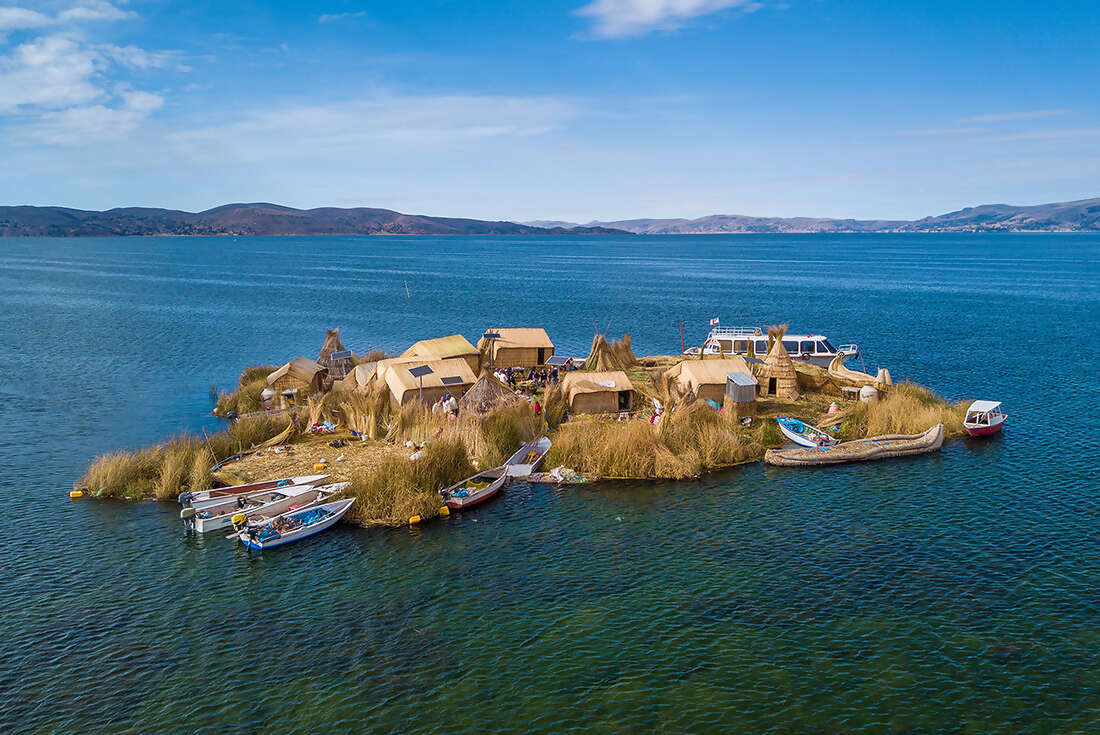

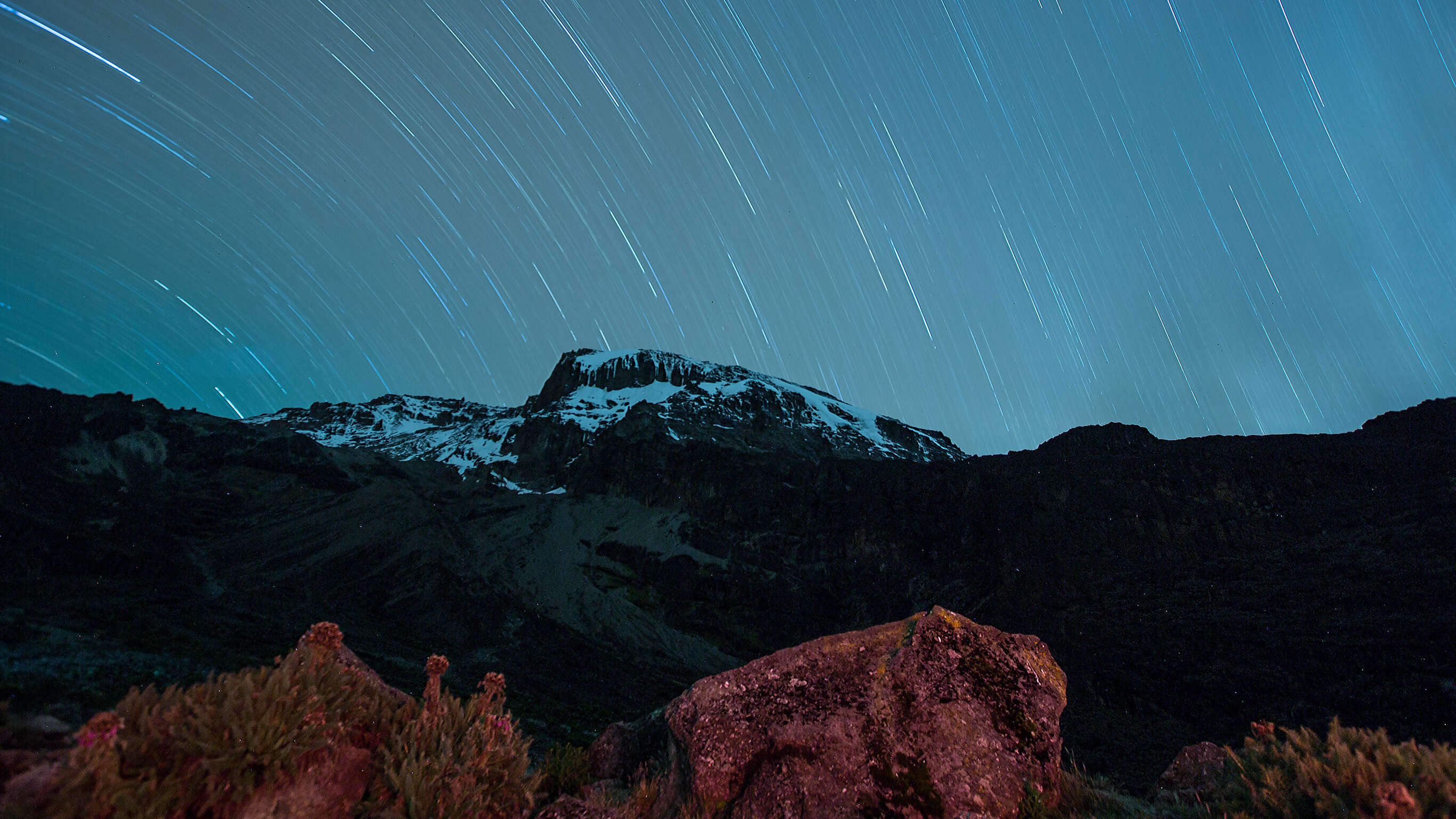
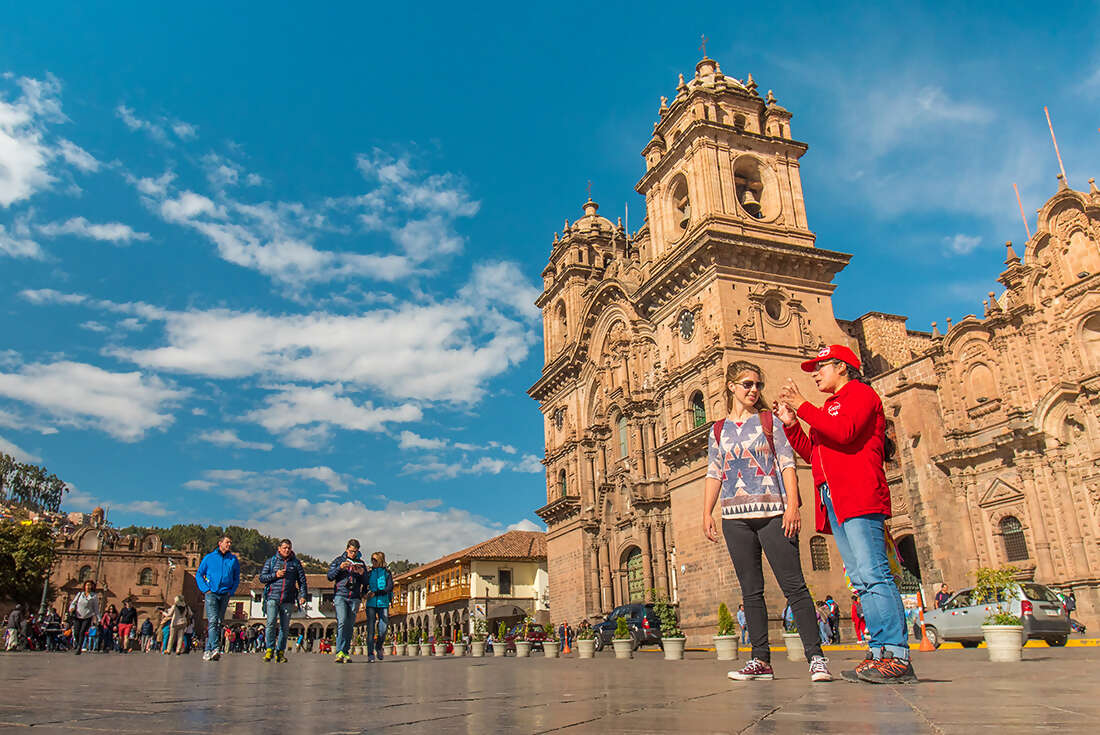

- You will visit the following places:
-

Lima
Lima is the capital and largest city of Peru. It is located in the valleys of the Chillón, Rímac and Lurín rivers, in the central part of the country, on a desert coast overlooking the Pacific Ocean. Together with the seaport of Callao, it forms a contiguous urban area known as the Lima Metropolitan Area. With a population fast approaching 9 million, Lima is the fifth largest city in Latin America, behind Mexico City, São Paulo, Buenos Aires and Rio de Janeiro. Lima is home to one of the largest financial hubs in Latin America. It has been defined as a beta world city by GaWC international rankings. It was founded by Spanish conquistador Francisco Pizarro on January 18, 1535, as La Ciudad de los Reyes, or "The City of Kings."
-

Pisco
-

Arequipa
Arequipa is the colonial-era capital of Peru’s Arequipa Region. It's Peru's second most important city (after Lima), and the second most popular among tourists (after Cuzco). The city was founded on August 15, 1540 by Garcí Manuel de Carbajal as "Villa Hermosa de Nuestra Señora de la Asunción". During the Colonial period, Arequipa became highly important for its economic prosperity and for its loyalty to the Spanish Crown. The historic center of Arequipa spans an area of 332 hectares and is a UNESCO World Heritage Site. Its historic heritage, natural scenery and cultural sites make the city a major tourist destination. Its religious, colonial, and republican architectural styles blend European and native characteristics into a unique style called "Escuela Arequipeña".
-

Cusco
Cusco, often spelled Cuzco, is a city in southeastern Peru, near the Urubamba Valley of the Andes mountain range. It is the capital of the Cusco Region as well as the Cusco Province. In 2013, the city had a population of 435,114. Located on the eastern end of the Knot of Cuzco, its elevation is around 3,400 m (11,200 ft). The site was the historic capital of the Inca Empire from the 13th until the 16th-century Spanish conquest. In 1983 Cusco was declared a World Heritage Site by UNESCO. It has become a major tourist destination, hosting nearly 2 million visitors a year. The Constitution of Peru designates it as the Historical Capital of Peru.
-

Buenos Aires
-

Rio de Janeiro